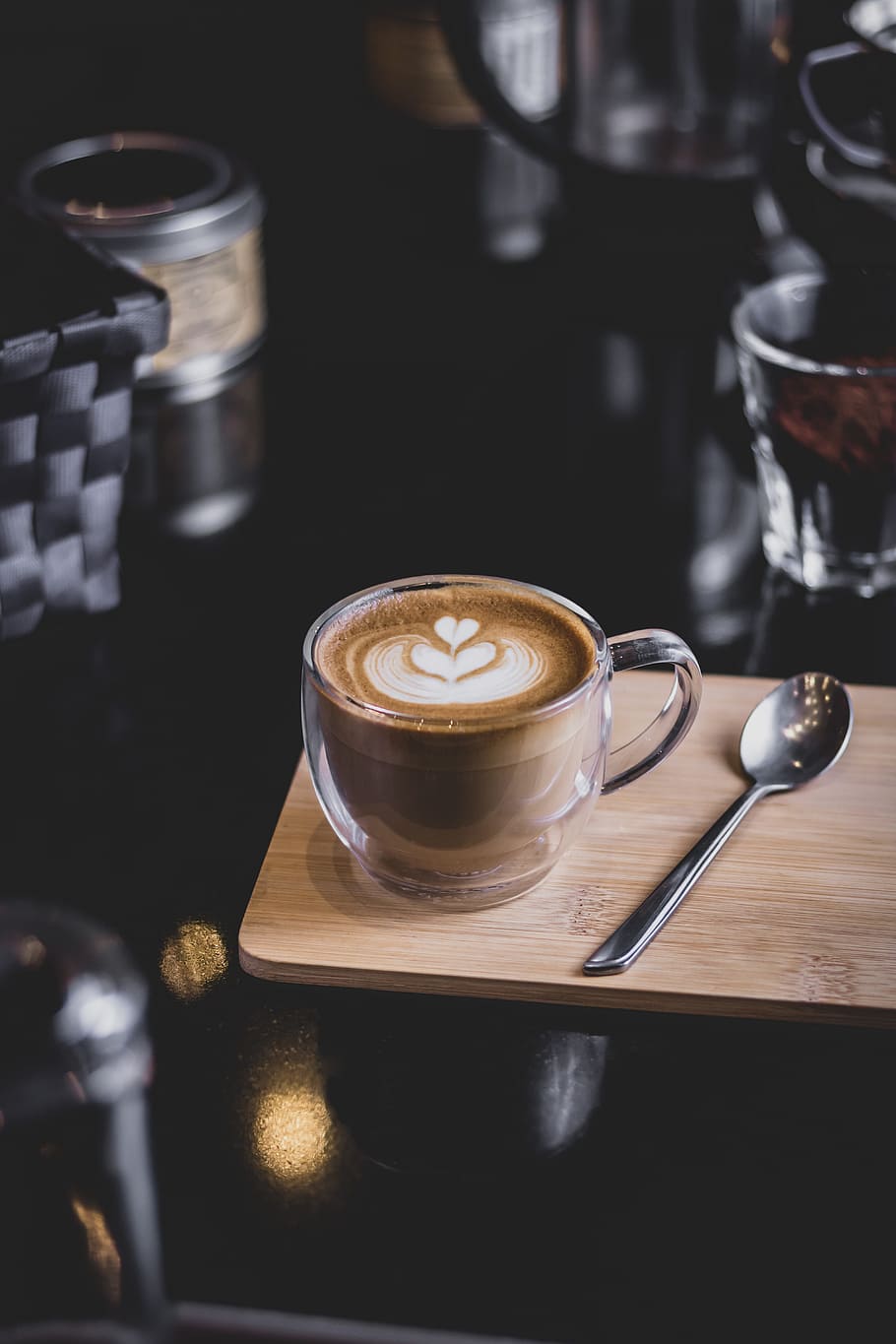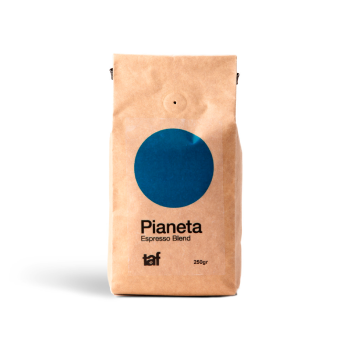Key Taste Attributes in Coffee
Acidity
Acidity in coffee refers to the bright, tangy, or tart notes that contribute to the coffee’s overall complexity. Often described using terms like “lively” or “vibrant,” high acidity is common in light roasts and beans from regions like East Africa and Central America. It can evoke flavours similar to citrus fruits, green apples, or berries.
Bitterness
Bitterness is a fundamental taste in coffee that adds depth and structure. While essential, too much bitterness can be unpleasant. It is more pronounced in darker roasts and can be intensified by over-extraction during brewing. Properly balanced bitterness can enhance the overall flavour profile, providing a pleasing contrast to acidity and sweetness.
Sweetness
Sweetness in coffee is subtle and often perceived as a result of complex carbohydrates and sugars present in the beans. It complements acidity and bitterness, adding a pleasant, mellowing effect. Sweetness can manifest as notes of chocolate, caramel, fruit, or honey, especially in high-quality beans.
Saltiness
Saltiness in coffee is less common but can occasionally be detected, often due to the mineral content of the water used or specific processing methods. While a hint of saltiness can enhance other flavours, excessive saltiness is generally undesirable.
Umami
Umami is a savory taste that adds depth and richness to coffee. It’s more subtle and less frequently discussed but can contribute to a fuller, more satisfying mouthfeel. Umami notes are sometimes found in beans with complex processing methods or those grown in nutrient-rich soils.
Aftertaste
Aftertaste is the lingering flavor that remains after swallowing the coffee. A pleasant aftertaste can enhance the overall drinking experience, while an unpleasant one can detract from it. Aftertaste is often more pronounced in coffees with a heavier body and rich, complex flavours.
Defining Texture in Coffee
Texture, or mouthfeel, is a critical aspect of how we experience coffee. Different brewing methods and techniques can alter the coffee’s texture, influencing our perception of its flavour.
Creamy
A creamy texture is rich and buttery, providing a luxurious mouthfeel that coats the tongue. It is often associated with full-bodied coffees and can be achieved through methods like espresso or adding milk.
Dense
Dense coffee has a substantial, weighty presence that envelops the palate. This texture is typical in darker roasts and brewing methods like French press.
Fresh
Fresh coffee is light and bright, often associated with floral and clean notes. This texture is common in light roasts and pour-over methods that highlight acidity and delicate flavours.
Juicy
Juicy coffee has a mouth-watering quality with pronounced acidity, similar to biting into a ripe fruit. This texture is vibrant and lively, often found in coffees from regions like Ethiopia.
Silky
A silky texture is soft and smooth, gliding effortlessly across the tongue. It provides a refined, delicate mouthfeel, often achieved through precise brewing techniques and high-quality beans.
Smooth
Smooth coffee is well-balanced with low acidity and a medium to full body. It offers an easy-drinking experience with a harmonious blend of flavours.
Achieving Your Desired Cup
Understand Your Preferences
The first step to improving your coffee is understanding your own taste preferences. Do you enjoy bright, acidic coffees or prefer something richer and more robust? Knowing what you like will guide you in selecting the right beans and brewing methods.
Select the Right Beans
Different beans and roasts will produce different flavours and textures. Single-origin beans can offer unique flavour profiles, while blends might provide a more balanced cup. Light roasts preserve more of the bean’s natural flavours, including acidity and fruitiness, while dark roasts bring out deeper, more bitter notes.
Master Your Brewing Method
The way you brew your coffee has a significant impact on its flavour and texture. Factors like water temperature, grind size, and brew time can all affect the final cup. Experiment with different variables to see how they influence the taste.
Use Fresh, Quality Ingredients
Freshly roasted beans and clean water are essential for a great cup of coffee. Stale beans or impure water can introduce unwanted flavours and diminish the coffee’s quality.
Taste and Adjust
Continuously taste and adjust your brewing process. Take notes on what works and what doesn’t. Over time, you’ll develop a more refined palate and a deeper understanding of how different factors influence your coffee.
Experiment with Techniques
Don’t be afraid to experiment with new brewing techniques. Methods like pour-over, French press, AeroPress, and espresso all offer different advantages and can bring out unique aspects of your coffee’s flavour.
Elevate Your Coffee Experience
Understanding and using taste to impact the flavour of your coffee allows you to tailor each cup to your preferences. By focusing on key attributes such as acidity, bitterness, sweetness, saltiness, umami, and aftertaste, along with paying attention to texture, you can create a coffee experience that is both enjoyable and consistent. With practice and a bit of experimentation, you’ll be able to master the art of brewing coffee that delights your palate every time.



